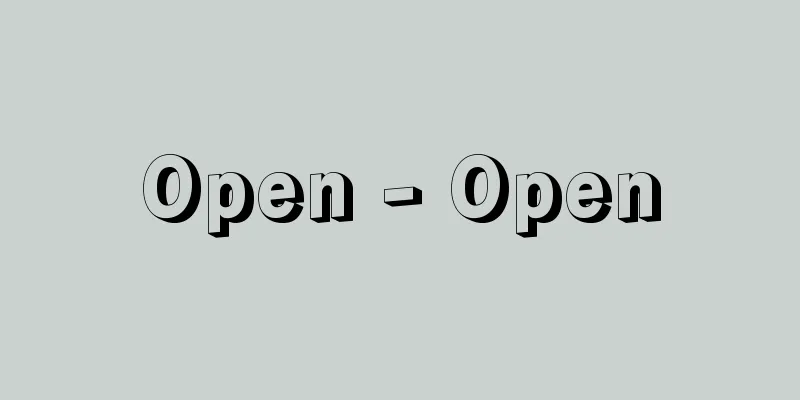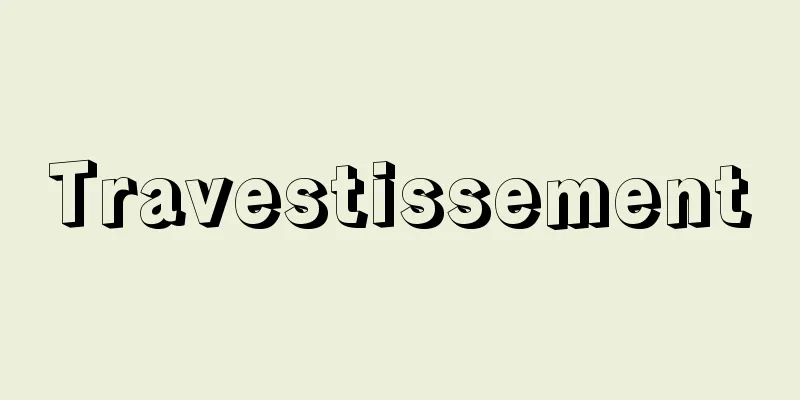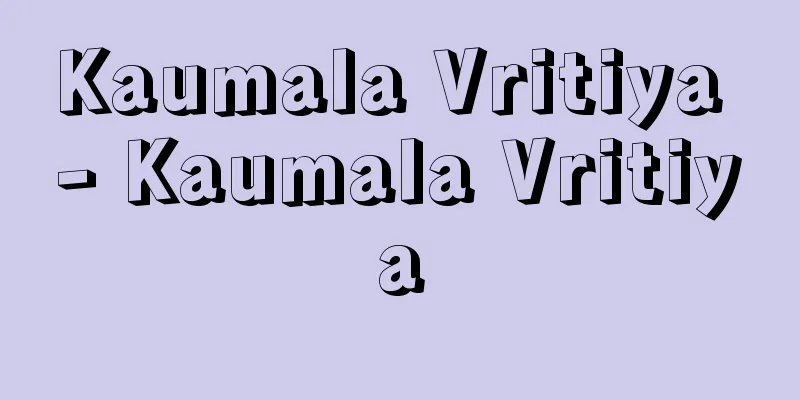Rhyme Mirror - Inkyo

|
A Chinese rhyme chart. The author is unknown, but it is thought to have been created in the late Tang or Five Dynasties period. In Chinese, the sound of a Chinese character consists of one syllable, but the syllable is divided into a first consonant (seibo) and the remaining part (inbo) (consisting of vowels, syllable-final consonants, tones, etc.), and the horizontal axis shows the difference in the initial consonant, while the vertical axis shows the difference in the final syllable. In this chart (called a transfer chart), Chinese characters representing about 3,700 syllables (small rhymes) contained in cut-rhyme rhyme books such as Guangyun are arranged, and the Rhyme Mirror attempts to illustrate the complex pronunciation system of the Sui and Tang dynasties, as reflected in cut-rhyme rhyme books, simply and clearly, as if reflected in a mirror. It is said to have been influenced by ancient Indian phonology, and has the same compositional principle as the Japanese 50-sound chart, but because Chinese has a large number of syllables, 43 transfer charts were required. The extant Yunjing originates from a text published with commentary by Zhang Linzhi of the Southern Song Dynasty, but it was lost in China early on and has only survived in Japan, where it has been used as the basis for determining the pronunciation of Chinese characters, and was actively studied and annotated during the Edo period. Today, it is regarded as important in both Japan and China as a basic resource for research into the pronunciation of the Sui and Tang dynasties. [Hisao Hirayama] "Mabuchi Kazuo's "Rinkyo Colloquial Edition and Hiroyun Index" Revised Edition (1969, Gannando Shoten)" Published in 1564 (Eiroku 7) ( Owned by the National Diet Library ) "Rhyme Mirror" Source: Shogakukan Encyclopedia Nipponica About Encyclopedia Nipponica Information | Legend |
|
中国の韻図。作者不明、唐末・五代の作と推測される。中国語では、漢字の音は1音節からなるが、その音節を初頭子音である声母(せいぼ)と、それを除く残りの部分である韻母(いんぼ)(母音、音節末尾子音、声調などからなる)とに分け、横軸に声母の相違をとり、縦軸に韻母の相違をとって構成した図表(転図という)の中に、『広韻』など切韻系韻書に含まれる約3700の音節(小韻)を代表する漢字を配置して、切韻系韻書が反映する隋(ずい)・唐時代の複雑な発音組織を、あたかも鏡に映すように簡単明瞭(めいりょう)に図示しようとしたのが『韻鏡』である。古代インド音韻学の影響があるといわれ、日本語の五十音図と同様の構成原理をもつが、中国語は音節数が多いため、43枚の転図を必要とした。現存の『韻鏡』は南宋(なんそう)の張麟之(ちょうりんし)が解説をつけて刊行したテキストに由来するが、中国では早くに失われ、日本にのみ伝存して、漢字の読音を定める根拠とされ、江戸時代を中心に盛んに研究や注釈が行われた。現在では隋・唐音研究の基本資料として日本、中国を問わず重要視されている。 [平山久雄] 『馬淵和夫著『韻鏡校本と広韻索引』新訂版(1969・巌南堂書店)』 1564年(永禄7)刊国立国会図書館所蔵"> 『韻鏡』 出典 小学館 日本大百科全書(ニッポニカ)日本大百科全書(ニッポニカ)について 情報 | 凡例 |
Recommend
Interval scale
An interval scale is a scale in which only the dif...
Marine regression
The phenomenon in which the ocean that had invaded...
Fujiwara no Michitoshi - Michitoshi Fujiwara
A poet of the late Heian period. Son of Tsunehira...
Orda - Oruda
...the account of a Turk-Mongolian nomadic ruler....
Cheomseongdae - Senseidai
A Silla-era ruin in Gyeongju, Gyeongsangbuk-do, so...
Arai Family Residence - Arai Family Residence
...It is the central tourist and recreational are...
Kamine Pass - Kaminedao
…The Eno River flows southeast in the north, and ...
Kamo legend
The origin story of Kamo Shrine, found in a fragme...
Homunculus
...The first capuchin monkey, Dolichocebus , was ...
Kamikamagari Island
An island in the western part of the Geiyo Island...
"A Certain Woman's Glimpse" - A Certain Woman's Glimpse
...A full-length novel by Takeo Arishima. The fir...
Ionic bond
A type of chemical bond. A bond that occurs betwe...
Pogonia minor
… [Ken Inoue]. … *Some of the terminology that me...
Erek (English spelling)
…He was a Swabian knight (squire). His works, Lam...
Study guide - Study guide
A book that conforms to the curriculum guidelines ...









